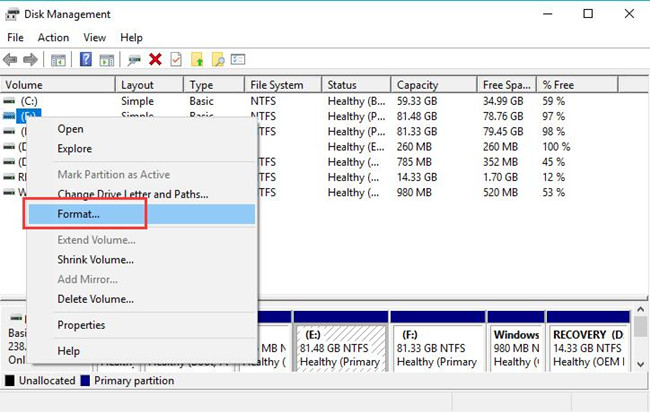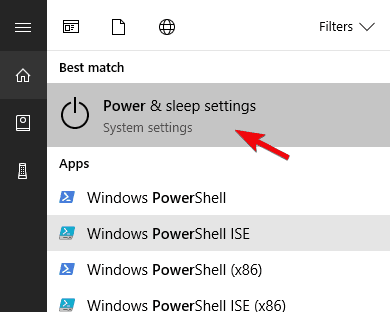

- USB DRIVE WONT FORMAT WINDOWS 10 HOW TO
- USB DRIVE WONT FORMAT WINDOWS 10 INSTALL
- USB DRIVE WONT FORMAT WINDOWS 10 MANUAL
- USB DRIVE WONT FORMAT WINDOWS 10 WINDOWS 10
Go to Boot Options or a similar title and then press Enter.Ĥ. Turn on the computer and then enter BIOS as explained in Method 3.Ģ. Or else, read Top 14 Best Alternative for Windows OS.ġ.

Or else, read Top 14 Best Alternative for Windows OS.
USB DRIVE WONT FORMAT WINDOWS 10 WINDOWS 10
Method 4: Change Boot Priority in Boot SettingsĪn alternative to fix can’t boot Windows 10 from USB is to change the boot priority to the USB drive in BIOS settings.
USB DRIVE WONT FORMAT WINDOWS 10 INSTALL
You will need a CD/DVD to install Windows 10 on your computer. If not, then your computer does not support booting from a USB drive. Check if the boot from the USB option is listed here. Then, go to Boot Priority and press Enter.ĥ.
USB DRIVE WONT FORMAT WINDOWS 10 MANUAL
Make sure to check the manual that came with your PC or visit the manufacturer’s website. Here is a list of some PC brands and the BIOS keys for them:Ĥ. Note: The standard keys to enter BIOS are F2 and Delete, but they may vary depending on the brand manufacturer & device model. While your PC is booting, press and hold the BIOS key until the PC enters the BIOS menu. To check if your computer supports USB booting, you need to check the computer BIOS settings.Ģ. Most modern computers offer the feature that supports booting from a USB drive.
USB DRIVE WONT FORMAT WINDOWS 10 HOW TO
For more detailed steps, read this guide: How to Create Windows 10 Installation Media with Media Creation Tool Method 3: Check if Boot from USB is Supported

Once finished, your bootable USB Flash Drive will be ready. The media creation tool will start downloading Windows 10 and depending on your internet speed the tool may take up to an hour to finish downloading. You will need to manually select the USB drive you want to use on the ‘Select a USB flash drive’ screen.Ĩ. Choose a USB flash drive as the media you want to download and click on Next.ħ. Now, choose the version of Windows 10 you want to download.Ħ. Next, choose to Create installation media for another PC. Remember to Agree to the license terms.Ĥ. Then, click on Run to run the Media Creation Tool. Once the file is downloaded, click on the downloaded file.ģ. Download the media creation tool from the official Microsoft website by clicking on the Download tool now, as shown below.Ģ. Note: The USB that you use should be blank with at least 8GB of free space.įollow the steps below if you have not created an installation media yet:ġ. Instead, you need to use the correct tools to create installation media on the USB to install Windows 10.

Windows 10 won’t boot from USB if you created the USB flash drive incorrectly. Lastly, click on Start to begin the formatting process of the USB.Īfter the USB has been formatted to FAT32, you need to implement the next method to create an installation media on the formatted USB. Then, right-click on the USB drive and then select Format as shown.ĥ. Plug the USB into a Windows computer after it’s turned on.ģ. To avoid such conflict, you will need to change the file system of the USB from NFTS to FAT32. If your PC uses a UEFI system and the USB uses an NTFS file system, you are quite likely to face PC won’t boot from USB issue. One of the reasons your PC won’t boot from USB is the conflict between file formats. Method 1: Change USB File System to FAT32 In this guide, we have explained how to boot Windows 10 from USB in five easy-to-follow methods for your convenience. How to Fix Windows 10 won’t Boot from USB issue


 0 kommentar(er)
0 kommentar(er)
